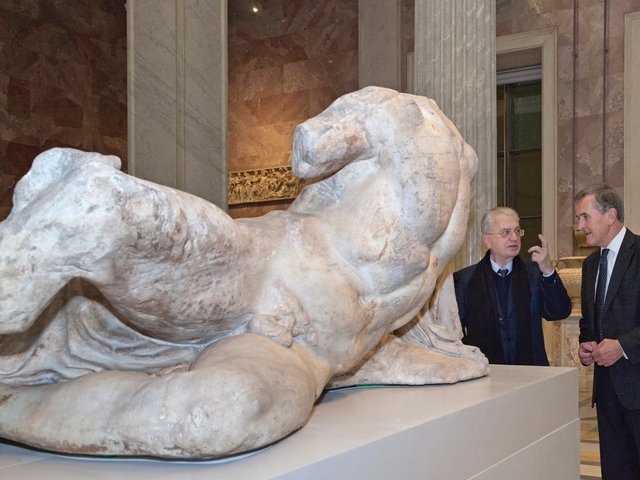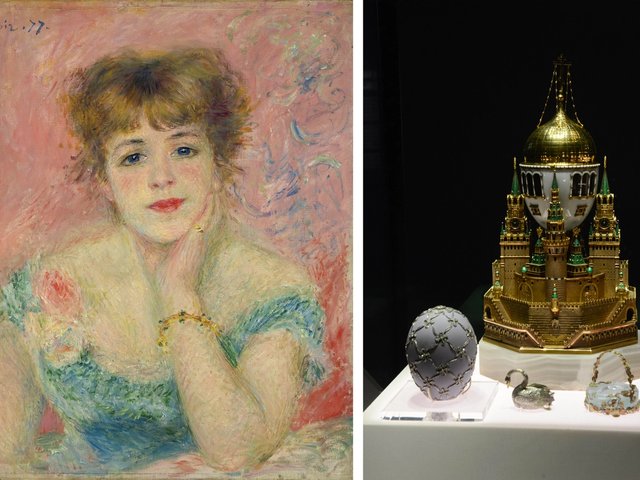The US Fish and Wildlife Service blocked the importation of six Byzantine ivory pieces due to come to the US on a loan from the British Museum for the travelling exhibition Saints and Dragons: Icons from Byzantium to Russia. The show, currently on view at the Museum of Russian Icons in Clinton, Massachusetts and due to travel to the Chrysler Museum of Art in Norfolk, Virginia, this autumn, centres on icons that are normally hidden away in storage at the London museum.
Laura Garrity-Arquitt, the registrar at the Museum of Russian Icons, which organised the show, says that despite the age of the religious works (dating from the 9th through the 12th century) any animal remains entering the US must be cleared through the federal Fish and Wildlife Service. The head of the organisation denied permission, though “they didn’t really give a concrete reason why they wouldn’t allow them”, Garrity-Arquitt says, although she did add that it was likely due to the “whole issue with elephant poaching”.
The works never left the British Museum, it turns out. In a statement, a representative for the London institution told The Art Newspaper that “a potential risk to the shipment of six British Museum objects was identified and it was agreed to remove the works in consultation with the borrower”. The exhibition has been in the works since 2013, but the Massachusetts museum did not find out about the importation problem until March of this year, just two months before the show opened.
The ivory pieces, whose subjects include the Nativity, the Archangel Michael and Saint John the Baptist, were meant to demonstrate the high value Byzantine culture placed on luxury items. The Museum of Russian Icons has borrowed an ivory piece from the Worcester Art Museum in Worcester, Massachusetts instead.
Saints and Dragons: Icons from Byzantium to Russia is at the Museum of Russian Icons until 12 September and travel to the Chrysler Museum of Art, 1 October-10 January 2016.




